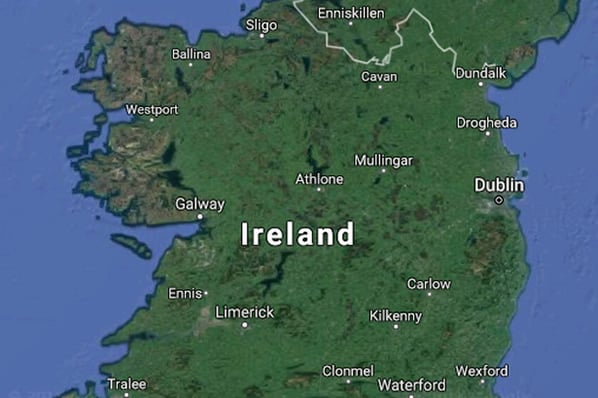Ireland headed to the polls on Friday to elect a new president, with left-wing independent candidate Catherine Connolly expected to emerge victorious in a contest marked by limited choice and public dissatisfaction.
Connolly, 68, a barrister and long-serving member of parliament, is projected to defeat Heather Humphreys, 62, of the centrist Fine Gael Party, following a campaign dominated by debates over political inclusivity and voter apathy. The winner will succeed Michael D. Higgins, 84, who has held the largely ceremonial office since 2011.
Polls opened at 7:00 a.m. (0600 GMT) and closed at 10:00 p.m. (2100 GMT), with results expected late Saturday.
Connolly, backed by Sinn Féin and other left-wing parties, campaigned on themes of social justice, equality, and Ireland’s military neutrality, while calling for a more independent stance on foreign policy, particularly toward the United States and the European Union. Her popularity surged in recent weeks, driven by an active grassroots campaign, viral online appearances, and social media engagement that resonated with younger voters.
A video of Connolly juggling a football went viral, symbolising her informal and approachable campaign style, which contrasted sharply with the traditional political tone of previous Irish presidential races.
In contrast, Humphreys — a former cabinet minister and one of Ireland’s few high-profile Protestant politicians — sought to portray herself as a unifying figure who could appeal across political divides. However, she struggled to gain traction amid growing criticism of the limited candidate pool.
The election has been marred by widespread frustration over the lack of ideological diversity. It is the smallest presidential field since 1990, with only two active candidates after the withdrawal of a third contender, Jim Gavin, of the Fianna Fáil Party. Gavin, a former military pilot endorsed by Prime Minister Micheál Martin, dropped out following controversy over unpaid rent, though his name remained on the ballot as the withdrawal came too late.
The absence of a conservative candidate led several right-wing and Catholic groups to call on supporters to spoil their ballots in protest, arguing that the nomination process unfairly excludes non-mainstream candidates. A conservative Catholic hopeful reportedly came close to qualifying but failed to secure enough parliamentary endorsements.
Political analysts say the controversy reflects a deeper disconnect between voters and the political establishment, with many citizens expressing disappointment at what they describe as a “predetermined contest” lacking real debate on national issues.
Despite these concerns, Connolly’s expected victory marks a significant milestone for Ireland’s left-wing movement and underscores a broader shift in the country’s political sentiment. Her campaign’s success, analysts note, shows the growing influence of grassroots activism, digital outreach, and generational change in Irish politics.
Observers expect the turnout to be one of the lowest in recent decades, as disillusionment and limited options kept many voters away from polling stations.
If confirmed, Connolly’s victory would make her Ireland’s second consecutive left-leaning president, extending the legacy of Michael D. Higgins, and reinforcing Ireland’s image as a socially progressive nation amid ongoing debates about neutrality, migration, and European integration.
